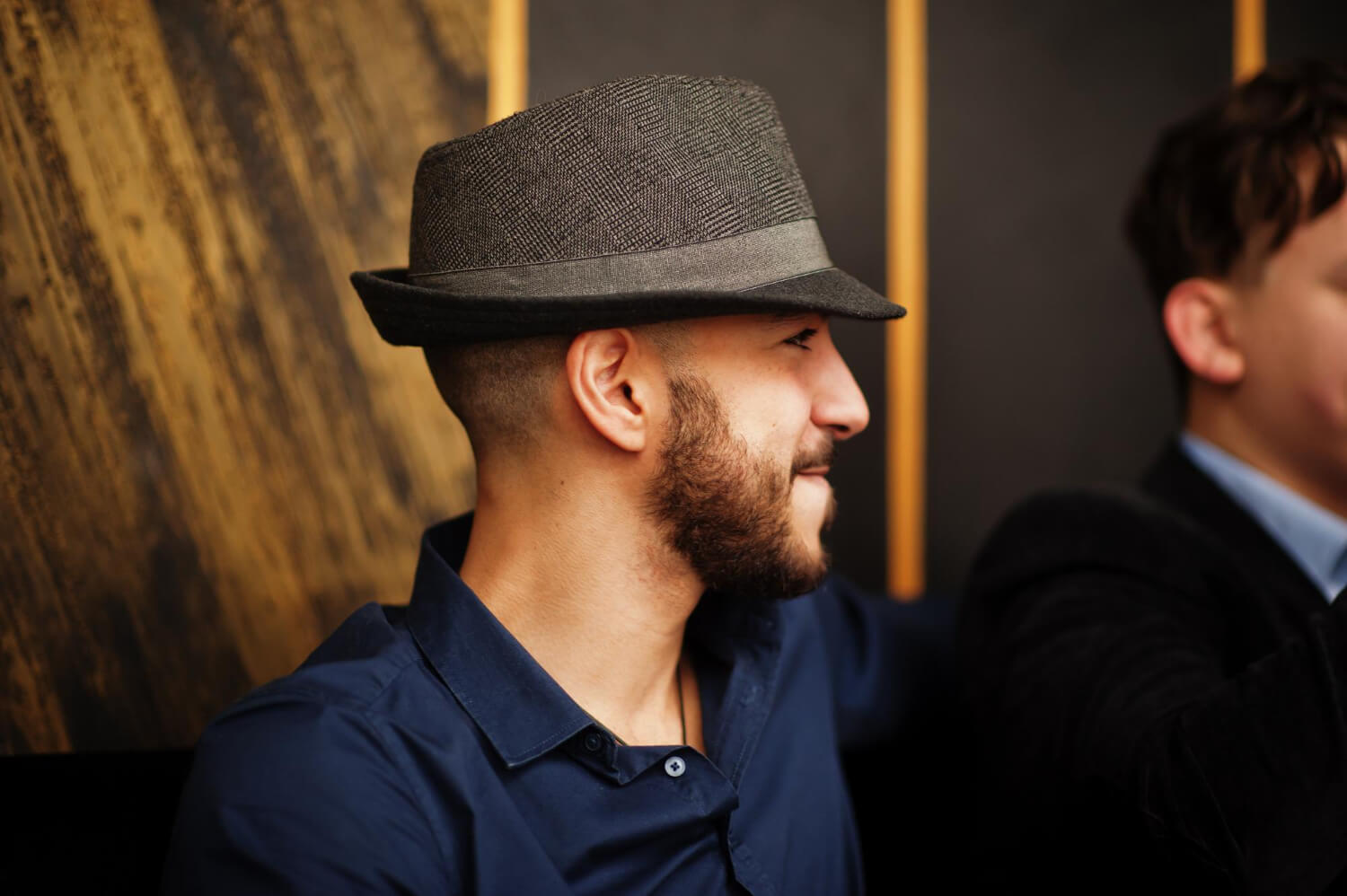Does Wearing Hats Cause Hair Loss or Baldness?
It’s a common belief: the more you wear hats, the more likely you are to go bald. But how true is this statement? With millions of people around the world sporting hats daily — for fashion, function, or sun protection — it’s worth examining whether hat-wearing actually contributes to hair loss or baldness.
Let’s separate the myths from the facts and look at what science has to say.

The Short Answer: No, Hats Do Not Cause Baldness
There is no scientific evidence that wearing hats directly causes male or female pattern baldness. Hair loss caused by genetics, also known as androgenetic alopecia, is driven by hormones and hereditary factors — not by what you wear on your head.
In short, if you’re genetically predisposed to lose hair, wearing a hat won’t speed up the process.
Where Does This Myth Come From?
This misconception likely originates from a few misunderstandings:
Hairs left inside a hat: Finding stray hairs in your cap can be alarming, but it’s normal to shed up to 50–100 hairs per day. These hairs would have fallen out anyway.
Tight hats and scalp tension: People assume that constant pressure or reduced airflow can damage hair follicles — but the scalp is well-vascularized and resilient.
Sweat buildup: Hats worn during workouts or in hot climates may trap sweat, but this doesn’t cause hair loss unless there’s prolonged scalp irritation or poor hygiene.
When Can Hats Contribute to Hair Problems?
Although wearing hats doesn’t directly cause baldness, certain habits related to hat use may contribute to hair or scalp issues:
1. Poor Hygiene and Dirty Hats
Wearing unwashed hats can create a breeding ground for bacteria and fungi, especially if the scalp is sweaty. This may lead to conditions like folliculitis or seborrheic dermatitis, which can indirectly affect hair health.
2. Excessive Friction or Tension
Constant friction from very tight hats (especially if worn for long hours) could lead to traction alopecia — a condition where hair is pulled out over time. This is more likely with tight hairstyles than with hats, but it’s still worth noting.
3. Allergic Reactions or Irritation
Some materials, dyes, or residues on hats may irritate the scalp, particularly in people with sensitive skin or existing scalp conditions.
What Really Causes Hair Loss?
Most cases of permanent hair loss are due to internal causes, not external pressure or clothing. Common causes include:
Genetic predisposition (male/female pattern baldness)
Hormonal imbalances
Stress and nutritional deficiencies
Medical treatments such as chemotherapy
Autoimmune disorders (like alopecia areata)
Wearing a hat — even daily — doesn’t trigger these internal mechanisms.
Can Hats Help Prevent Hair Loss?
Surprisingly, hats may have protective benefits for hair and scalp health:
Sun protection: UV rays can damage the scalp and weaken hair follicles. Wearing a hat outdoors can reduce exposure.
Pollution defense: Hats can shield your scalp and hair from environmental pollutants that may contribute to hair aging or thinning.
Heat protection: In cold climates, hats protect hair and scalp from dryness and brittleness caused by low humidity.
The key is to wear clean, breathable hats and practice good scalp hygiene.
When to Worry About Hair Loss
If you’re experiencing:
A receding hairline or thinning crown
Excessive daily shedding
Visible bald patches
Itchy or irritated scalp
…it’s best to consult a hair restoration specialist. An accurate diagnosis can identify whether the issue is genetic, hormonal, nutritional, or related to scalp health.
Final Thoughts
Wearing hats does not cause hair loss or baldness. While improper hat hygiene or overly tight headwear can contribute to minor scalp issues, there is no direct link between wearing hats and developing permanent hair loss.
If you’re noticing hair thinning, the cause is likely biological, not your wardrobe choice. Focus on identifying the root cause, maintaining scalp hygiene, and seeking professional treatment if needed.
